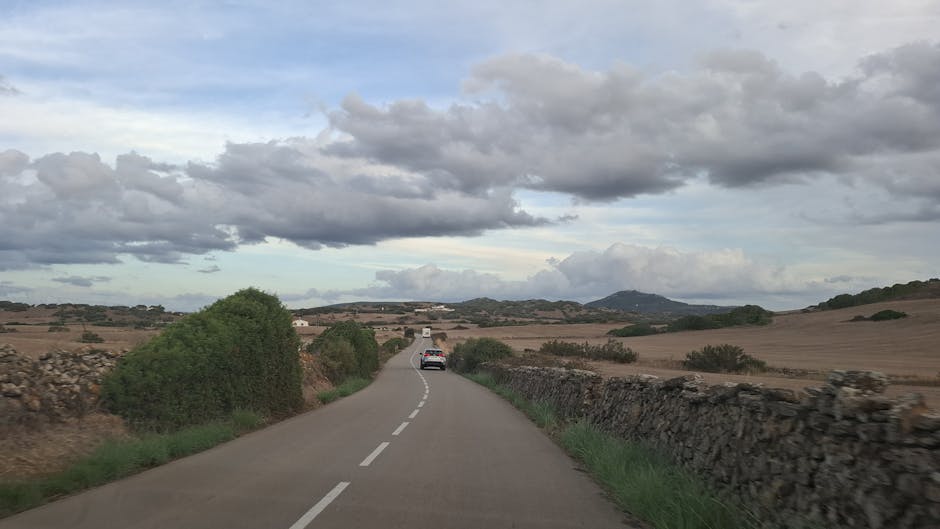Delhi Wakes Up to a Blanket of Toxic Smog
If you woke up in Delhi-NCR this morning to a familiar grey, hazy shroud where the sky should be, you’re not alone. The city is once again enveloped in a thick, choking blanket of toxic smog. The Air Quality Index (AQI) has plunged deep into the ‘Severe’ category across the region, turning the national capital into an annual public health crisis.
This isn’t just morning fog; it’s a dangerous cocktail of pollutants. The air quality in Delhi today has deteriorated sharply due to a combination of recurring factors.
- Stubble Burning: Farm fires in the neighbouring states of Punjab and Haryana have intensified, with northwesterly winds carrying smoke directly into the city.
- Weather Conditions: Unfavourable meteorological conditions—low temperatures and calm winds—trap these pollutants close to the ground, preventing them from dispersing.
- Local Pollutants: This is compounded by the city’s own contribution from vehicular emissions, construction dust, and industrial pollution, creating a perfect storm for a health emergency.
Delhi’s Most Polluted Areas: Check the Worst AQI Today
While the overall AQI for Delhi is hovering around a grim 450, certain hotspots are recording even more alarming levels. For citizens in these areas, stepping outside is a significant health risk. Here’s a breakdown of the areas with the worst AQI in Delhi today, according to the latest data from the Central Pollution Control Board (CPCB):
- Anand Vihar: Topping the charts with a staggering AQI of 488 (Severe). Its proximity to an interstate bus terminal and industrial areas makes it a perennial pollution hotspot.
- Mundka: Not far behind, recording a hazardous AQI of 481 (Severe). Industrial emissions are a major contributor here.
- Rohini: This densely populated residential area is also suffering immensely, with an AQI of 477 (Severe).
- Wazirpur: Another industrial zone showing dangerous levels, with the AQI hitting 475 (Severe).
- Jahangirpuri: The monitoring station here has recorded an AQI of 472 (Severe).
What a ‘Severe’ AQI Means for Your Health
It’s critical to understand what the ‘Severe’ category (AQI 401-500) means. Air quality this poor affects even healthy people and poses a serious health risk to those with existing respiratory or cardiovascular conditions. Doctors are already reporting a surge in patients with complaints of breathlessness, persistent coughing, eye irritation, and severe throat infections.
How to Protect Yourself from Delhi’s Toxic Smog
As the government enforces Stage III of the Graded Response Action Plan (GRAP)—banning non-essential construction and demolition—the onus also falls on citizens to protect themselves.
- Stay Indoors: This is the most effective advice. Avoid going out unless absolutely necessary, especially during early morning and late evening hours when pollution is at its peak.
- Wear an N95 Mask: If you must venture out, a simple cloth or surgical mask is not enough. Use a certified N95 or N99 mask to filter out harmful PM2.5 particles.
- Avoid Outdoor Exercise: Cancel your morning runs, cycling, or outdoor yoga sessions. Strenuous activity increases your intake of toxic air, doing more harm than good.
- Use Air Purifiers: If you own an air purifier, keep it running, especially in bedrooms and common living areas where you spend the most time.
- Stay Hydrated: Drink plenty of water and fluids to help your body stay hydrated and flush out any ingested toxins.
This is no longer just an environmental issue; it’s a crisis that affects every breath we take. Stay informed, stay indoors, and stay safe.




